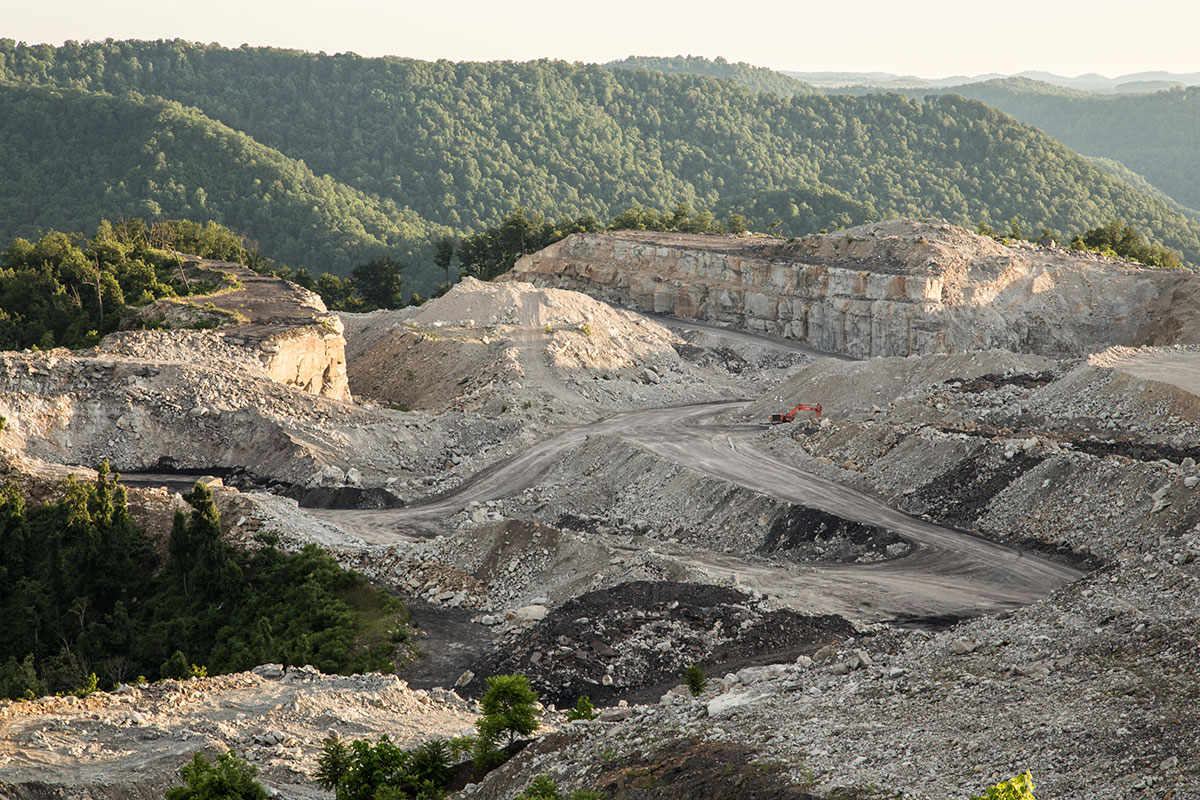There’s been a lot of buzz around solar development on reclaimed mining sites—which usually qualify as brownfields—since the passage of the Inflation Reduction Act (IRA) in August of 2022. In Virginia, at least, that interest pre-dates the IRA, and at least two projects on former coal mining sites were announced prior to August 2022.
SolUnesco has been exploring post-coal mining solar opportunities in Virginia for some time, and that, coupled with my own geotechnical mining experience, might offer a unique perspective on both the opportunities and challenges of developing utility scale-solar on former mining sites.
Opportunities
Potential for easier/streamlined zoning permits.
Mining is an intensive land use and often leaves the land with limited alternative use options. It is likely that there would be less local opposition to utility-scale solar development than we see with conventional solar development on farming or forestry land.
Potential for lower interconnection costs.
In areas with a lot of conventional solar potential, we are seeing many projects competing for limited space on transmission infrastructure. This has translated into significant costs for infrastructure upgrades, which get passed on to the projects. Developing in less congested areas, such as the mountainous region of western Virginia, may offer opportunities to avoid costs associated with this overcrowding.
Economic Opportunity for regions who previously relied on mining revenue.
Whether or not solar comes to these regions, the fact is that coal owners are increasingly ceasing operations. This creates economic crisis for regions that have historically relied on jobs and tax revenues from coal. Solar offers these regions an opportunity to continue generating tax revenue and supplying workforce to an industry that is proudly supplying Americans with domestically produced electricity.
Simplified reclamation for mine owners.
Generally, mining companies must agree to reclaim the land to the general topographic contours that it had prior to mining operations. Post-surface mining, recreating these slopes can be a costly engineering challenge. Virginia Energy, who manages these mining permits, has expressed that there may be opportunity to revisit requirements for mining lands that will become solar projects—allowing them to create easier, flat surfaces more suitable to solar development. This could certainly be a win for all parties!
Challenges
Engineering challenges could add to project timeline.
While having a mine owner reclaim land to a form designed to fit a proposed project presents great opportunity, it also introduces a significant step and permit requirement to the overall solar development process. This additional process will not be controlled by the solar developer, meaning significant uncertainty on timelines. Even in the best-case scenario, the process of turning a mining site into a released permit site may take several years.
Once the land has been reclaimed/released, it will not likely be stable enough to confidently site a solar project costing tens to hundreds of millions of dollars. Earthworks of this magnitude will continue to shift and subside for significant amounts of time and may need to be monitored for several years before getting cleared for solar development.
Overall, developers interested in mine land that has not yet been developed are looking at a much longer development timeline than traditional utility-scale development, which can already be three to five years. Adding several more years may introduce too much risk to make these projects economically viable.
Surplus of released mining sites comes with a hitch.
There is actually plenty of mining land that has already been reclaimed and released. However, these sites have often fulfilled their requirements to return the land to its original contours, making it challenging to site economically viable utility-scale solar sites.
Inflation Reduction Act
Former coal mining sites, such as those in Virginia, are prime candidates to draw economic benefit from the IRA, due to the Quality for the Brownfield/Energy Community provision, on top of the ITC or PTC tax credit eligibility.
While there are questions about whether the opportunities are great enough to put with the economic risks of developing solar on mining, the IRA may be what was needed to tip the scale – likely exactly as its framers envisioned.
Seth Maughan is Director of Project Development at SolUnesco. Prior to becoming a solar developer, he spent five years working as a geologist in the mining industry with a focus on geotechnical assurance.


Leave A Comment